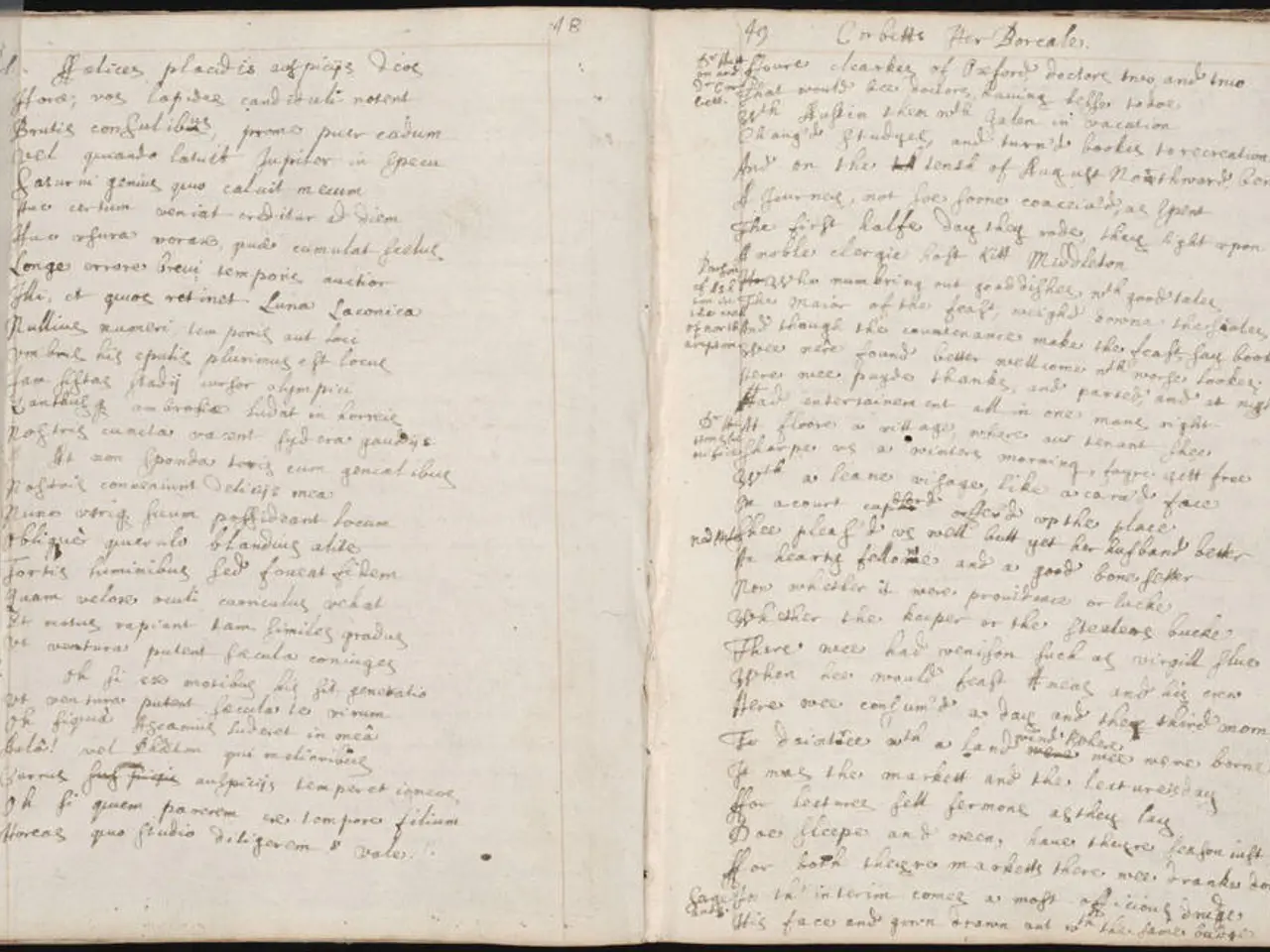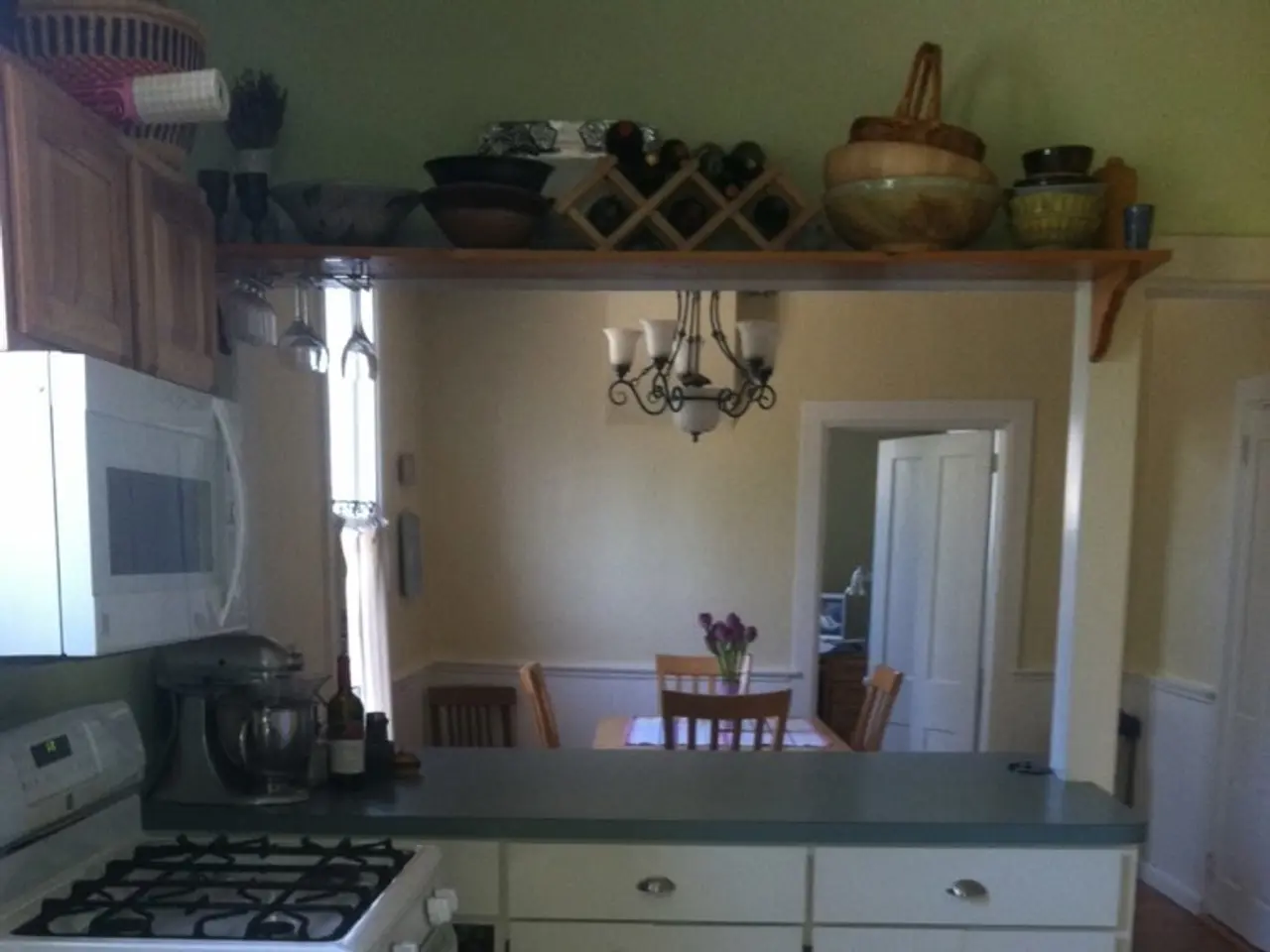Creating Engaging Drama in Yesteryears:crafting a historical screenplay
Writing a historical script can be an enriching and immersive project, offering the opportunity to merge a love of storytelling with a passion for the past. Here, we delve into the essential aspects of choosing an era, genre, and researching historical accuracy for your script.
## Choosing an Era
The first step is to identify the historical periods or themes that spark your interest. Whether it's the grandeur of ancient civilizations or the tumult of revolutionary times, your personal fascination will fuel your creative process.
Next, consider the era's popularity and relevance to your audience. While well-known periods might engage viewers more easily, lesser-known periods can offer unique storytelling opportunities. Choose an era with sufficient historical documentation to support your research, ensuring accuracy and authenticity.
## Choosing a Genre
Decide on the tone you wish to convey—drama, comedy, or a blend. Historical genres range from epic dramas to period comedies. Consider the narrative structure, whether it will be a character-driven story, a historical epic, or a mystery set in a specific era. Research genre-specific elements associated with your chosen genre in historical contexts.
## Researching Historical Accuracy
Primary sources such as diaries, letters, or official documents can provide insights into the voices and perspectives of the time. Understanding the social, political, and economic conditions of the era is crucial for creating authentic settings and characters. Consult experts, historians, or specialists in the field to ensure accuracy and gain insights that might not be documented in common sources.
Costume and prop research, as well as studying the language and dialects of the era, are essential for creating visually and audibly authentic scenes. Incorporating historical fiction into your research can provide a deeper understanding of how people might have lived and interacted during the era. If possible, visit historical sites or museums to gain a firsthand experience of the era's culture and environment.
## Balancing Accuracy with Storytelling
While historical accuracy is important, remember that your script needs to tell a compelling story. Balance fact with fiction to engage your audience without compromising the integrity of the historical setting. History isn't just a backdrop; it's a character all its own in a historical script. It's acceptable to bend history in a historical script to serve a theme or character.
By following these guidelines, you can craft a historical script that is both engaging and historically accurate. A successful historical script requires extensive research, creativity, and a deep respect for the era being explored. Utilize tools like our website, which offers Story Development Tools, Character Development features, World-Building resources, Collaboration tools, and Script Formatting to support the process of writing historical scripts. This complete pre-production toolkit is especially helpful for organizing complex historical scripts.
- In the realm of pre-production for a historical script, it's essential to delve into the fashion-and-beauty practices of the chosen era, considering everything from hairstyles to fashion trends, to create authentically dressed characters and sets.
- Upon moving from the pre-production stage to screenwriting, it's vital to infuse the script with nuances of the era's technology, ensuring that any technological devices or inventions are accurately represented, thereby enhancing the script's historical authenticity.
- During the course of the pre-production process, one might also consider incorporating educational elements, such as delving into the lifestyle, customs, and societal norms of the chosen era, which will aid in the development of believable and well-rounded characters in one's script, and might even provide inspiration for storylines concerning self-development and personal growth.




